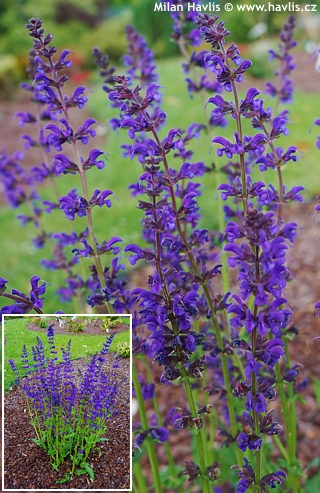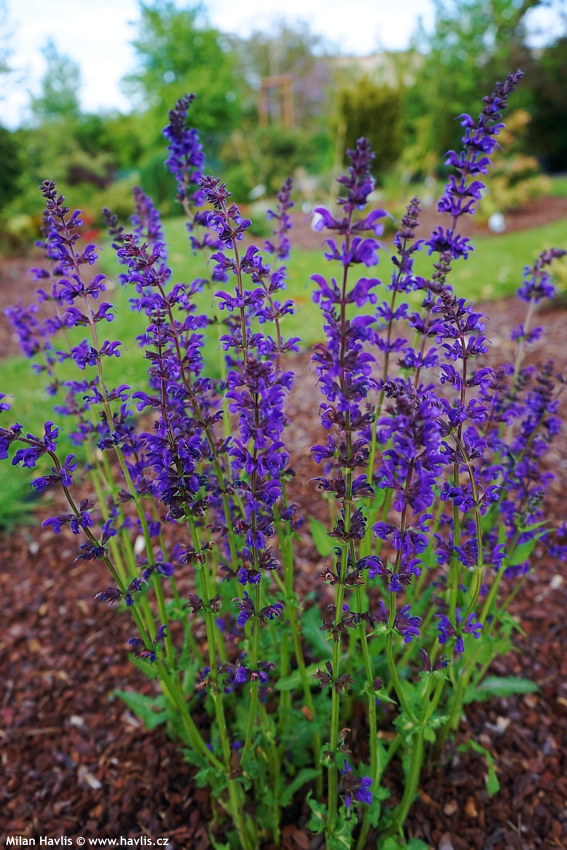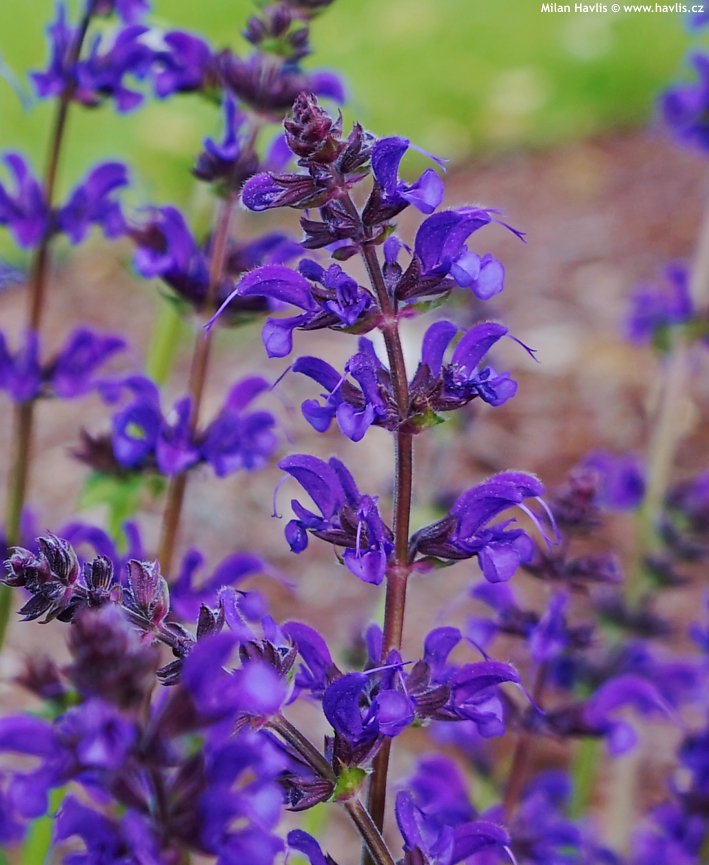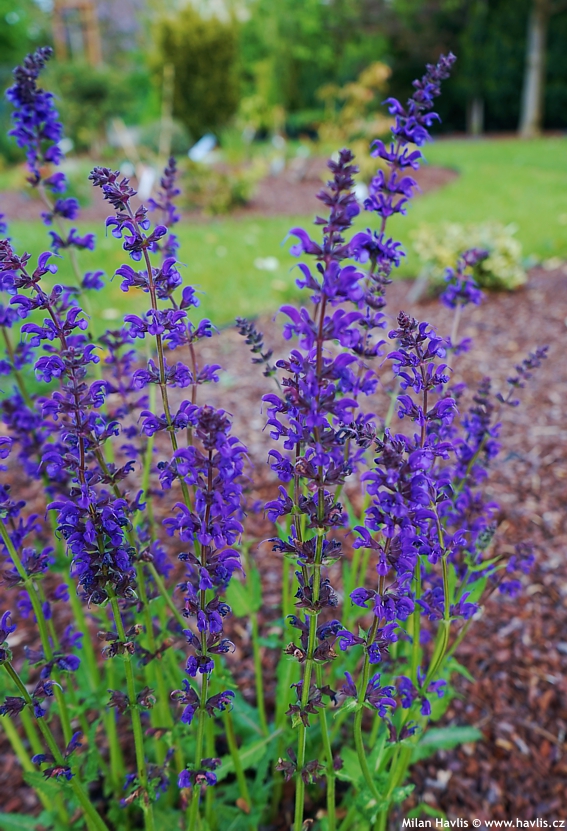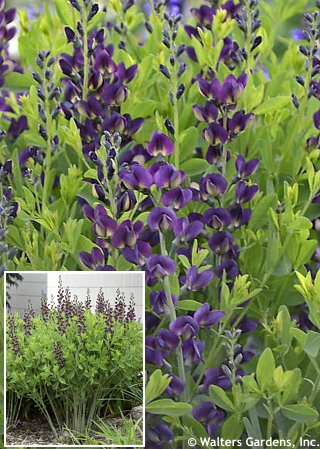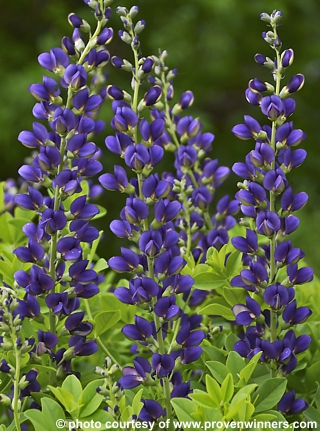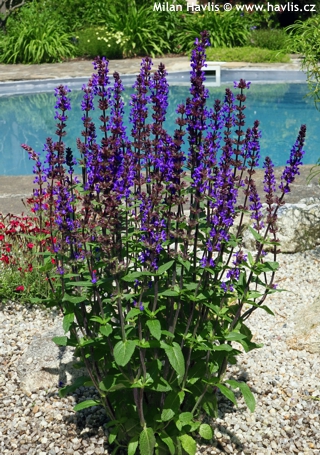Salvia 'PURPLE SPRING' meadow clary
Salvia
Salvia is a large genus, containing about 900 species. In our climate mostly common (evergreen) sage is grown for culinary uses. Also popular are those of subtropical origin that are used here as annuals with long flowering season, especially in public areas. We concentrate on herbaceous perennials which are reliable and trouble-free plants offering stunning colour display with little care.
Meadow clary is a species of sage with tall stems and showy flowers. Its native habitat is Europe where it is found in sunny meadows from cold northern areas down to hot southern countries, and it is believed to be native in North Africa, too, especially in Morocco. It is often crossbred with other species to achieve larger flowers of deeper colours. Those hybrids are stunning but are often short-lived.
Purple Spring is a meadow clary hybrid producing about 50 cm tall stems with dark purple blue, nettle-like flowers. They come out along with the earliest sage varieties offering a great flower display already in mid May in C.E. Flowering lasts for about 3 weeks and if you cut off its stems just above soil level shortly after and feed it a little it will soon form a new, bushy clump and re-bloom in midsummer. Leaves are dark green, wrinkled, coarsely toothed, broadly lance-shaped, and formed in basal rosettes.
Sage will grow in almost any well-drained soil. For best results grow it in light, humus-rich, well-drained soil in full sun or light shade. It needs no fertilizing, only in very poor or compacted soils it will benefit from occasional feeding with a balanced fertilizer. Meadow clary requires warm and free-draining soil. In early spring remove all above-ground parts except for rosette of new or over-wintered, healthy leaves lying flat on the ground. It is perfectly hardy to about -34 °C (USDA zone 4) and will grow in outdoor pots, too.
Last update 30-05-2021

































